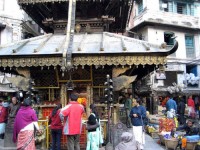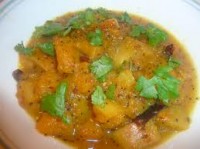National Museum of Nepal
Established in 1928 as an arsenal museum, The National Museum of Nepal is situated on the way to the Swayanbhunath hill. The museum is housed in a historical building built by General Bhimsen Thapa in early 19th century. The museum was initially named Chhauni Silkhana, literally meaning ‘the stone house of arms and ammunitions’, and is still popular by the name of Chhauni museum.
One of the most popular museums in Kathmandu, Chhauni museum has wonderful historical collections and is divided into three main historical collections, each housed in a separate building. These collections let the people/visitors relive the history. The museum was opened for public by the then Prime Minister Juddha Sumsher JBR in the year 1938. Not only Nepalese were allowed to visit inside the museum at very low charge but also a building for an art museum was raised that was named after the founder himself as Juddha Jatiya Kalashala.
It was only after 1967 that the museum was named as Rashtriya Sangralaya, the National Museum of Nepal. Before that, the museum was visited occasionally by foreign scholars or dignitaries and invitees or guests of the Rana Prime Minister. The Japanese government donated funds to the National Museum of Nepal to hold an exhibition that consisted of Buddhist Religious Art, in the year 1995. The exhibit educated people about Buddhism through amazing pieces of art and it assisted in the research of Buddhism and preservation of artifacts associated with it.
The museum holds a great collection of Nepali history and culture throughout the generations. It has various collections like doll collection, second century BC coins, stuffed animals and relics from the 1934 earthquake and Nepali weaponry. The visitors get to see how the Nepali weaponry looked like in the past and through the different periods. One of the greatest attractions of the museum is the leather cannon that is related to the Tibetan war period that took place in 1792.
The National Museum of Nepal is a wonderful collection of Nepali history that has the relics of greatest earthquake in Nepal, religious artifacts on Buddhism and the weaponry used in Nepal during and before/after the wars. The museum opens daily from 9 am to 5 pm except on Sunday, Monday and holidays.







